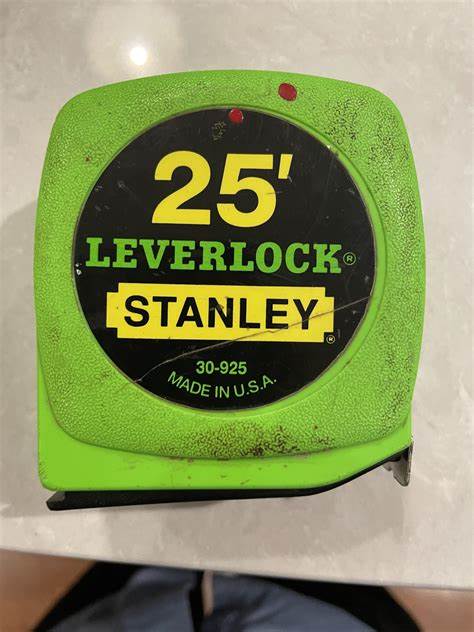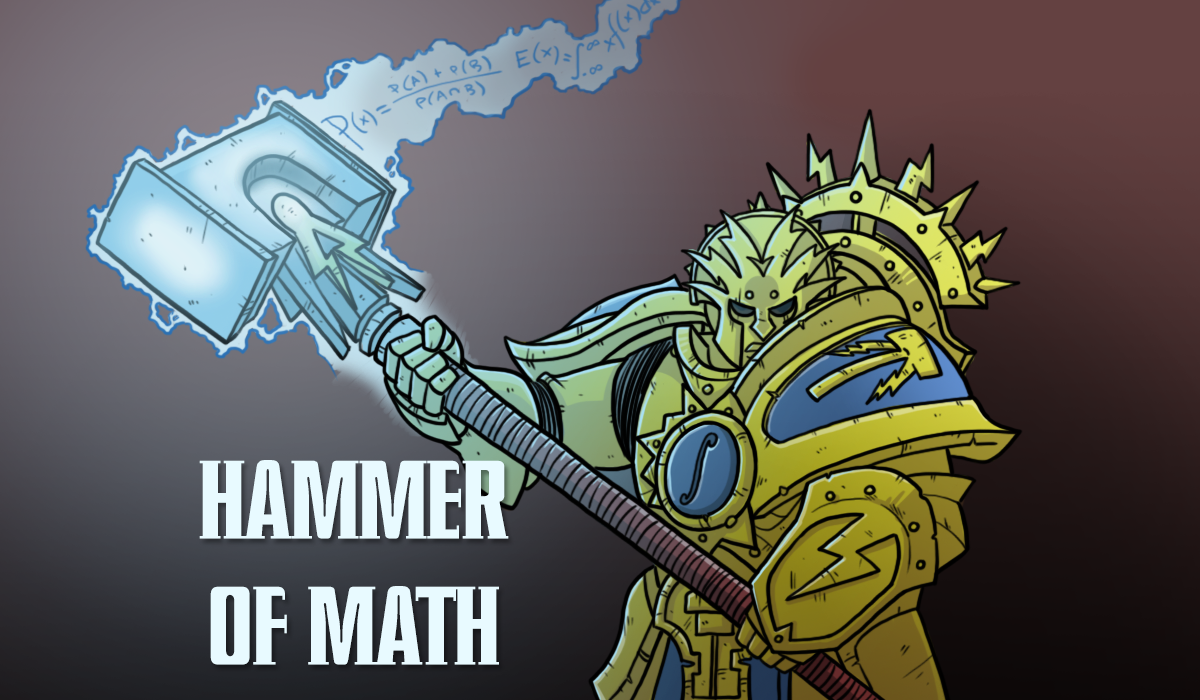This week we’re going to focus on the best ways to measure your room and equipment to maximize success!
While we can all acknowledge that guessing is second nature and we’re all experts at it, sometimes we have to accept that it’s best that we occasionally measure things. Whether it’s making sure that 40″ deep couch will fit through a 30″ wide doorway, calculating the square footage of flooring, or just making sure you won’t hit your head on a sprinkler (this problem may be unique to me), taking the time to measure lengths can save a lot of headaches. Sometimes literally.

Measure Once, Cut Thrice
When preparing to measure for a cutting operation, remember that every measurement should be accompanied by three cuts. Those cuts are:
- The rough cut. This is the cut we use to bring the work piece down to a length that’s easier and safer to handle when doing precision work. When making the rough cut, try not to cut a length less than what you expect the final length to be. Otherwise you’ll have to look at next week’s article, How To Join Things Together.
- The measured cut. Now that you have your work piece cut roughly to length, you’ll want to measure the length using one of our Expert Techniques below and mark it on the work piece. Then cut on the mark.
- The bespoke cut. We’re all craftsmen and craftswomen here, and we all acknowledge that quality work requires a custom fit that can only be done using the right tools at the right moment. The bespoke cut embraces the artisanal nature of what we do and ensures each piece is as unique and beautiful as we are.
Proper Measurement Techniques
Remember; expert work requires expert methods. Only the most professional and Tier 0 Elite individuals use the methods shown below. These methods are guaranteed to maximize accuracy and precision. Note that those things aren’t the same! Accuracy is how well the measurements are clustered around the true value, while precision is how well the measurements are clustered around each other. You can have a precise measurement method that’s inaccurate if you’re using the wrong tool. Let’s make sure that doesn’t happen!
The Foot
We all have feet. Well, most of us have feet. Thank you for your service and/or we’re sorry for your calamity if you don’t. Those who lack feet should check out the next section; “The Wheel.” For those with feet, use the following method.
- Measure the length of your foot with something. Like a measuring tape.
- Walk the length of whatever is being measured. Make sure each step is directly in front of the last one, leaving no gaps between your feet. Ideally you want this to be something long so that you can get a lot of steps in. We know the demographics of this site and we want our readership to live.
- Multiply the number of steps walked by the length of your foot to get the length of the thing being measured.
For example, if your foot is 8 inches long and it takes you ten steps to walk the length of whatever is being measured, the final length of the workpiece is 80 inches. Easy!
Special Handicapped Accessible Edition: The Wheel
For those who happen to ride in style, we have an alternative measurement method. This one requires a bit of advanced math and a wheelchair, but it works really well.
- Measure the diameter of your wheel, ideally using something like a measuring tape.
- Multiply that diameter by π, or 3.141592653589793, to get the circumference of the wheel. Please note that while additional digits may be used if you feel like it, this many digits are sufficient to precisely measure the circumference of the solar system. If it’s good enough for NASA then it’s good enough for us.
- Divide this value by the number of spokes in your wheel. That’s the distance per spoke.
- Tape, clamp, or zip tie a card on your wheelchair such that it will get slapped by each passing spoke.
- Ride along the length that needs to be measured, counting the number of card slaps.
- Multiple the number of card slaps by the distance per spoke to get the final measurement.
For example, if your wheelchair is 26″ in diameter (including tire) then the circumference is 81.6814089933345 inches. If the wheel has 32 spokes then the distance per spoke is 2.5525440310417 inches. If the distance traveled causes 3,247 slaps then the length measured is 8288.11046879241 inches.
Echolocation
We all have mouths and ears. Well, most of us. If you are in some way deaf or mute, then I recommend using one of the previous methods. The following methods works best inside an enclosed structure, such as the inside of a sealed room. Note that if the walls are padded this method will be less accurate, so try not to end up in one of those. This method requires a stopwatch.
- Stand against a wall.
- Shout and start your stopwatch.
- Stop the stopwatch when you hear the echo off the other wall.
- Multiply the number of second recorded by 1,125 feet to get the distance traveled by sound.
- Divide the number in two to get the distance to the wall.
For example, if you stand in a corner of a room and you record a time of 17.78 milliseconds then the total distance the sound traveled is 20 feet. Divide that by two and you get a distance of 10 feet. Easy! Please note that a typical reaction time is 100 milliseconds so this method may not work as well in smaller rooms.
Thanks for reading, and good luck!



You must be logged in to post a comment.